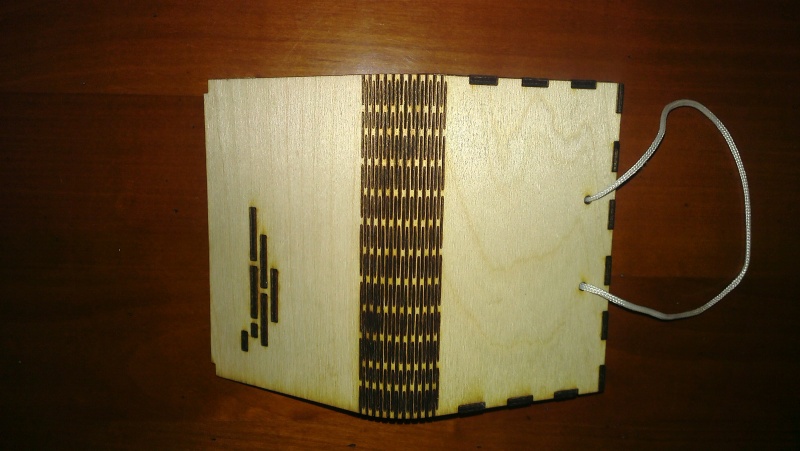Difference between revisions of "Inkscape Extension to Render a Living Hinge"
| Line 15: | Line 15: | ||
living_hinge.py | living_hinge.py | ||
| − | Both are available from GitHub[https://github.com/drphonon/Inkscape_LivingHinge | + | Both are available from GitHub[https://github.com/drphonon/Inkscape_LivingHinge] in a zip file[https://github.com/drphonon/Inkscape_LivingHinge/archive/master.zip]. |
Both files need to be put in the Inkscape extensions directory. On Linux it is located somewhere like /usr/share/inkscape/extensions. On Windows you will find an inkscape/extensions directory in the program files directory. On Mac, I don't know. | Both files need to be put in the Inkscape extensions directory. On Linux it is located somewhere like /usr/share/inkscape/extensions. On Windows you will find an inkscape/extensions directory in the program files directory. On Mac, I don't know. | ||
Revision as of 11:47, 8 December 2013
A living hinge is a way to make rigid materials like plywood and acrylic sheets flexible by making cuts in the material. The Living Hinge Inkscape extension is a project by Mark Endicott to automate the process of drawing the cut lines needed to form a living hinge. It is an extension to the popular SVG graphics program Inkscape.
Living Hinge Examples
The pattern of cuts in these hinges are typical of those used to make a living hinge.
The Extension
To install the extension in Inkscape two files are needed:
living_hinge.inx
living_hinge.py
Both are available from GitHub[1] in a zip file[2].
Both files need to be put in the Inkscape extensions directory. On Linux it is located somewhere like /usr/share/inkscape/extensions. On Windows you will find an inkscape/extensions directory in the program files directory. On Mac, I don't know.

